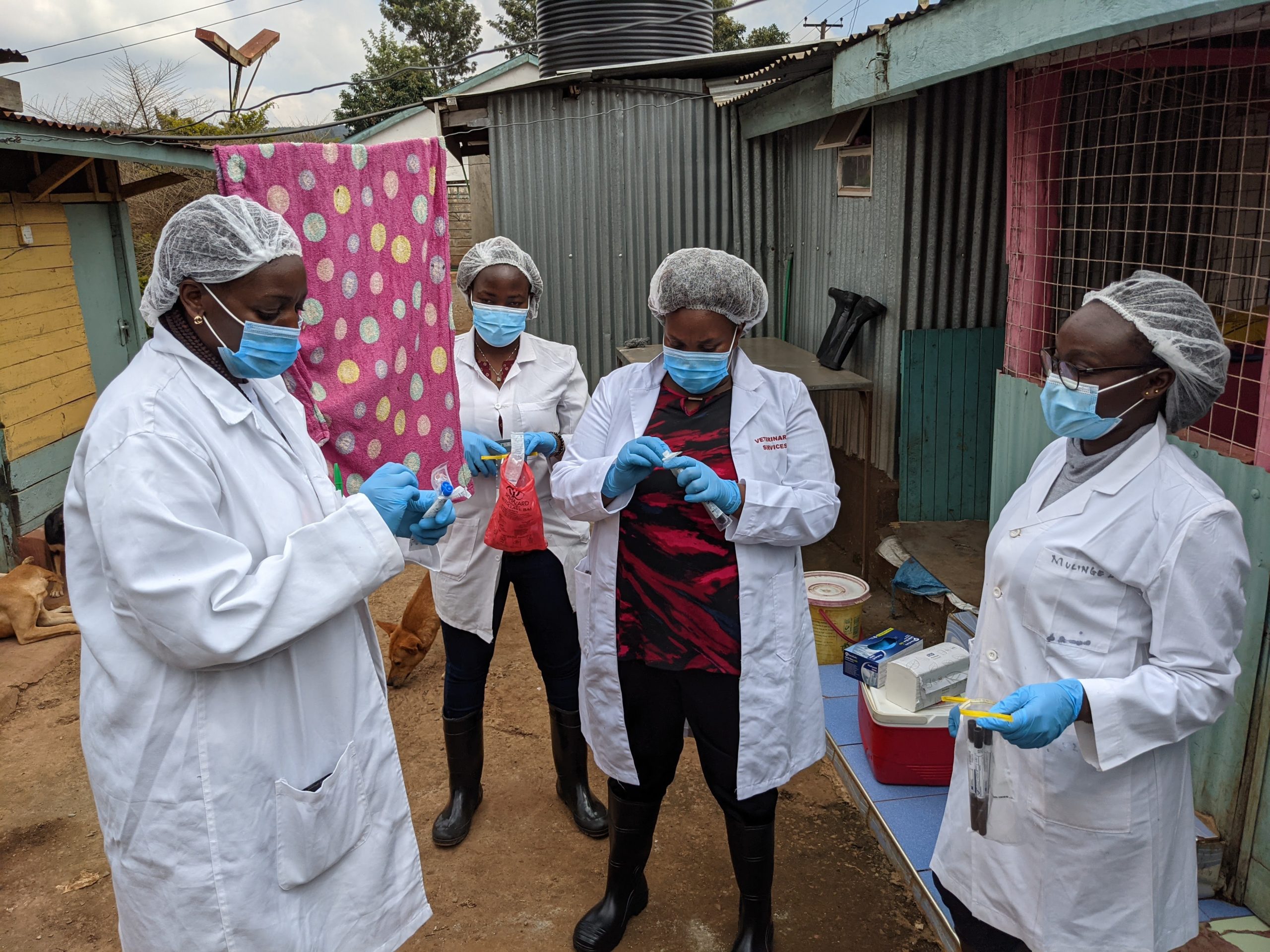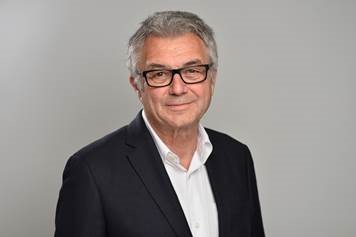With global Sustainable Development Goals (SDGs) threatened by antimicrobial resistance (AMR), how can social science play a critical role in finding solutions?
Capitalising on a narrow One Health AMR window
Ahead of the September UN General Assembly High-Level Meeting (UNGA-HLM) on antimicrobial resistance (AMR) in New York, we hear from Prof Antoine Andremont - a member of the External Advisory Group for the Fleming Fund - on the recent Global Leaders Group (GLG) AMR Report and the ‘narrow window of opportunity’.
AMR is a natural phenomenon that existed in nature well before the human ‘discovery’ of antibiotics. but the original phenomenon was highly localised, within the immediate vicinity of natural antibiotic-producing micro-organisms. As such, it had no global consequences for human health.
As the use of antibiotics has increased, AMR is now a global health threat with hundreds of tons of antibiotics used yearly to treat human and animal diseases, and in agriculture. It is now well recognised that these uses exceed what is necessary.
Resistance is emerging in all ecosystems. The more antibiotics are used, the greater the chances that drug resistance occurs. Although a major issue, it is still difficult to identify deadly AMR cases, in comparison to a well-known disease or condition – often referred to as the ‘invisible’ pandemic.

[The Report] stresses the urgent need for a ‘coordinated and multisectoral response to AMR’. Reducing the inappropriate use of antibiotics in humans, animals, and the environment is certainly the most effective approach to avert an AMR-related epidemic on a seismic scale.
Prof Antoine Andremont, External Advisory Group Member, Fleming Fund.

AMR trends
The GLG on AMR was established in 2020, following the recommendation of the Interagency Coordination Group on AMR, aiming to advise on and advocate for political action for mitigating drug-resistant infections through responsible and sustainable access to and use of antimicrobials.
The recent GLG report released as a milestone towards the UNGA-HLM lists six recommendations for consideration by Member States; four of which directly relate to the objectives of the Fleming Fund. This includes sustainability, the need for a multi-sectoral approach; the importance of surveillance, a focus on low-and middle-income countries, and resource mobilisation.
Any future interventions, need to be informed by sufficient data. While the GLG report stresses the rising and uncontrolled burden of AMR, it does not give an idea of its trends over time. Without this data, adjusting control policies and evaluating results is impossible.
Much of this missing data is generated through AMR surveillance systems from the Fleming Fund grants programme which supports a network of laboratories across Africa and Asia. These laboratories are testing for AMR across One Health sectors on an ongoing basis, which will make trends visible. This is an invaluable characteristic of the programme.
Window of opportunity
AMR traits and transmission do not just affect the infecting bacteria, but also the surrounding bacterial world. The AMR-related burden is due to the over- and misuse of antibiotics and therefore could be first reduced by using these better and less.
AMR is not a purely medical problem but an infinitely broader one, including animal, agriculture, and environmental health. The same (or similar) antimicrobials are used in humans, animals, and plants, and bacteria can easily spread from one sector to another, through trade and human exchange.
The GLG report advocates a One Health approach as the most fitting approach to addressing the narrow window of opportunity for AMR − pointing to the forthcoming UNGA-HLM in September as the best way forward to secure enough resources, profile, and strategy to tackle the problem − before the global health ‘catastrophe’ occurs.
It also stresses the urgent need for a ‘coordinated and multisectoral response to AMR’. Reducing the inappropriate use of antibiotics in humans, animals, and the environment is certainly the most effective approach to avert an AMR-related epidemic on a seismic scale.
The UNGA-HLM plans to fix ambitious targets for antibiotic use reduction in humans and animals by 2030, alongside implementing a new independent body to monitor progress. These recommendations could have a significant global impact.
Integrating One Health surveillance
However, contextual factors can lessen the impact of the High-Level meeting recommendations - if social and developmental differences exist between countries and societies - the AMR problem will persist. Innovation that considers clinical, social, and economic circumstances is needed.
In practice, the One Health approach to tackle AMR is hard to implement, as doctors, vets, agriculture people, and environmentalists usually do not work collectively. Establishing a multi-professional cross-sector One Health committee in each country that gathers the various experts and end-users would be an important first step.
Transmission routes are multiple and variable, making AMR a complex phenomenon. For example, in the rural settings of lower-income countries, population density can be low, but people often live in smaller houses and proximity to animals, and available health facilities can be crowded; conversely, in higher-income settings, population density can be high, but housing and health facilities are more spacious. Each type of setting therefore presents different combinations of opportunity and risk for AMR transmission.
The Fleming Fund has helped implement One Health-integrated AMR surveillance using the ‘Tricycle AMR surveillance’ protocol of the World Health Organisation (WHO) – standardising methodologies in the human, food chain, and environmental sectors implemented in low resource settings to build integrated multisectoral surveillance on AMR. The protocol can be adapted to suit local situations, with One Health-systems thinking extrapolated from available data to gain more evidence of the AMR spread in the different sectors and drive holistic interventions to dimmish drug resistance.
This allows policymakers to understand the dynamics of AMR in the environment, and its global effects – no ‘One Health recipe’ fits all sectors or places; any action in one has implications for others. These practical tools and insights can help turn the UN's high-level commitments into real progress on the ground.
Prof Antoine Andremont is a senior clinical microbiologist with 40 years of international experience, a former professor of microbiology at the University Paris-Diderot Medical School in France, and an expert member of the WHO Advisory Group on Integrated Surveillance of Antimicrobial Resistance on AMR and Food Safety.
More Like This
Knowledge Notes
From Knowledge Notes, Beyond Bugs and Drugs, an AMR social science opportunity , Date: 11/08/2023
Knowledge Notes
From Knowledge Notes, One Health: breaking down silos and driving the Fleming Fund forward , Date: 03/11/2023
To mark One Health Day, we revisit the holistic concept spanning human, animal, and environmental health, which is one of the Fleming Fund’s guiding principles.